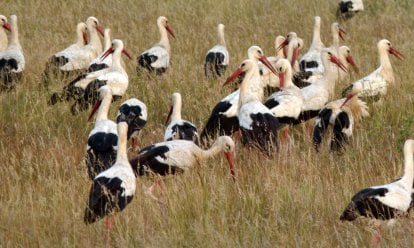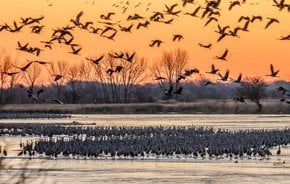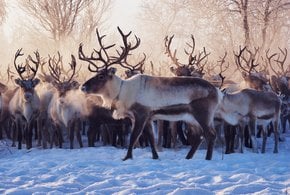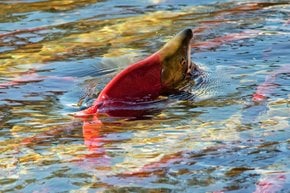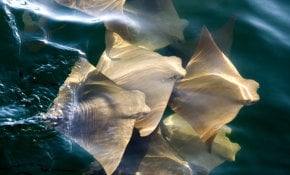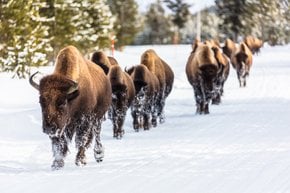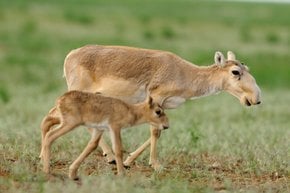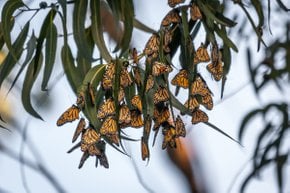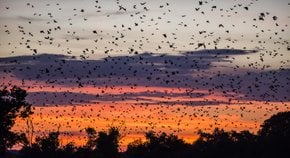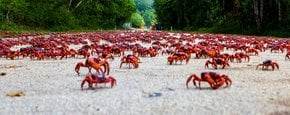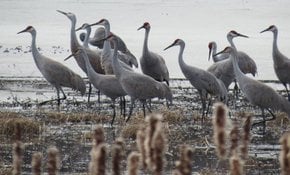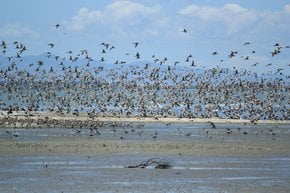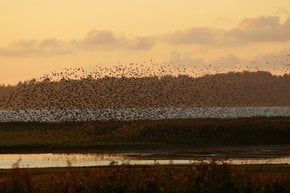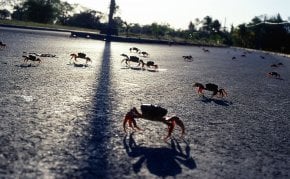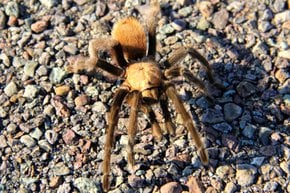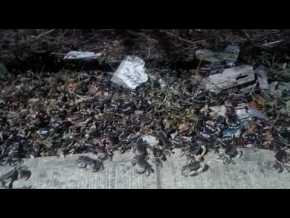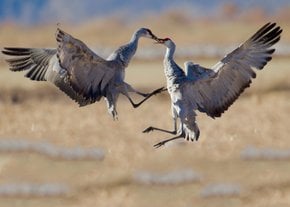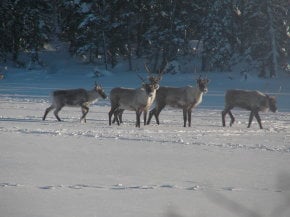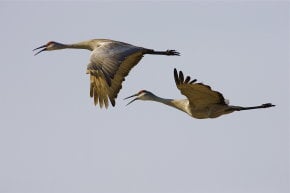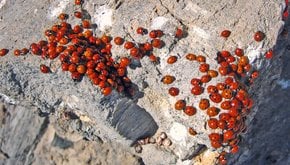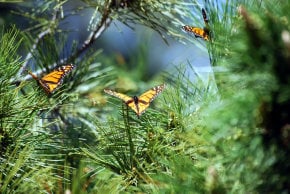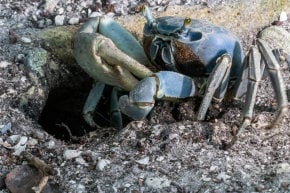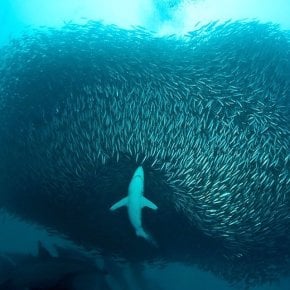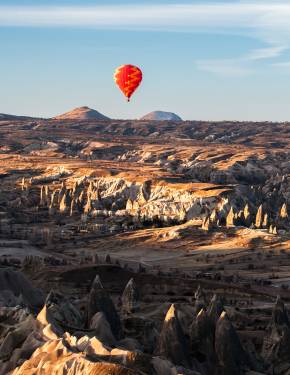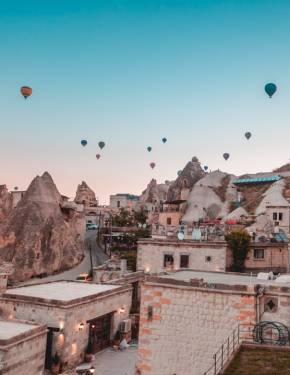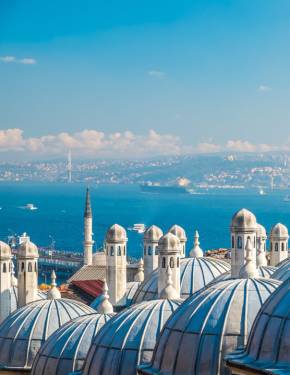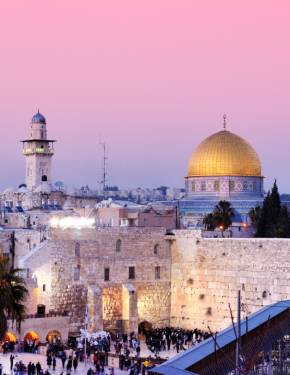White Stork Migration in Israel 2026
The September farewell flights over the European countryside are for the lucky ones, but recovery breaks in Israel's wetlands is a sure thing to see
Best time: March–April | October–November
White storks are known for their annual migration, a breathtaking journey that brings thousands of these birds through Israel as they travel between Europe, Asia, and Africa. Observing this event offers nature enthusiasts a rare opportunity to witness one of the most dramatic migratory movements in the animal kingdom.
Why do White Stork Migrate
Since long ago, the European countryside has been home to white storks. They have always been in friendly relations with local country folk and nested close to people's homes on various pillars. If not for the cold, the birds could stay there forever, but frosty winters, changes in daylight, and lack of food force them to leave. The storks are at home from late spring to early autumn; then they fly away together with their young. Lucky farmers living in European villages see the flocks gathering in the skies over fields in September for the last nostalgic flight over the native lands before they set off to the strange areas, namely, to India and Africa.
What to Expect and Best Time to See
White storks migrate in large flocks, often in the thousands, creating a stunning natural spectacle. Using thermal air currents, they conserve energy while soaring to heights over 1,500 meters, allowing them to cover vast distances efficiently. However, this reliance on thermals restricts their travel to daylight hours and specific routes, as documented in the Bird Migration Atlas, which maps their journey between Eurasia and Africa.
The storks begin their southward journey in late summer and early autumn, with most passing through Israel between September and November. On their return north, they can again be observed from March to April. According to local experts, weather conditions can influence the timing slightly, so it’s recommended to check migration forecasts through local resources such as the Israel Ornithological Center or Society for the Protection of Nature in Israel for up-to-date information on when and where to watch.
Key Viewing Locations
One of the greatest spots to witness migrating white storks is in the Israeli wetlands, where the birds make a pause to feed for the rest of their journey. Stork-watching hotspots featuring tens of thousands of birds include Lake Hula in the north of Israel, Eilat salt marshes in the south, and around Nitzana in the western part of the Negev Desert.
Hula Lake Park
Located in northern Israel, this wetland is one of the best-known sites for birdwatching. The park is open daily from 8 am to 5 pm, with an entrance fee of around $10 for adults. Visitors can walk along designated paths or rent golf carts for a more leisurely experience.
Eilat Salt Marshes
Situated in southern Israel, this area attracts large flocks during both the spring and fall migrations. No entrance fee is required, and the marshes are open to the public during daylight hours.
Nitzana in the Negev Desert
In the western part of the desert, Nitzana offers a more secluded setting to observe storks. While there’s no formal infrastructure, the region’s wide-open spaces provide excellent opportunities for wildlife photography and observation.
Hula Lake Park Location and Infrastructure
Hula Lake Park is easily accessible from major cities like Tel Aviv and Jerusalem by car or public transportation. The park offers basic amenities, including a visitor center, restrooms, and nearby parking. Visitors can also explore the surrounding Galilee region, which is known for its scenic landscapes, hiking trails, and historical sites.
Responsible Birdwatching and Rrotection
When observing the white stork migration, it’s essential to follow certain guidelines to avoid disturbing the birds. Experts recommend keeping a distance of at least 50 meters from the storks, especially during feeding times. Avoid wearing bright clothing or making loud noises, as these can startle the birds. Feeding the storks is strictly prohibited, as human food can harm their health and disrupt their natural behaviors.
The birds are particularly vulnerable during migration, as they are often exhausted and in need of rest. It’s important to avoid approaching them too closely or interfering with their rest areas. Additionally, the storks face threats such as powerlines and hunting along their migratory route, which emphasizes the need for increased awareness and protection.
White Stork Facts
The white stork, with its striking black-tipped wings and long red beak, is a familiar sight in many parts of Europe, often nesting on rooftops or utility poles. These birds, known for their impressive wingspan of up to 5 feet and 5 inches (165 cm) and speeds of up to 68.35 miles per hour (110 km/h), face numerous threats, such as habitat loss and illegal shooting along their migration routes.
Interestingly, white storks are famous in folklore as bearers of newborn babies to expecting parents, symbolizing good luck and new beginnings. In many cultures, a stork’s nest atop a house was believed to offer protection against fires, further enhancing its reputation as a bringer of good fortune. Mated pairs form lifelong bonds and often return to the same nest year after year. White storks keep cool in hot weather through a process called urohidrosis—by defecating on their legs, which helps them regulate body temperature as the moisture evaporates. These birds are also known for their distinctive clattering sound, amplified by a special throat pouch.
Other Attractions Nearby
For visitors traveling to Israel to witness the white stork migration, there are several other natural and cultural attractions to explore. The Golan Heights, located near Hula Lake Park, offers stunning vistas and a variety of hiking opportunities. The nearby Sea of Galilee is another popular destination known for its religious significance and picturesque landscapes.
Eilat, located near the Red Sea, is a popular tourist destination with plenty of hotels, restaurants, and camping options for those interested in exploring beyond birdwatching. The area is also well-known for its coral reefs and diving opportunities, making it an ideal spot for nature lovers.

